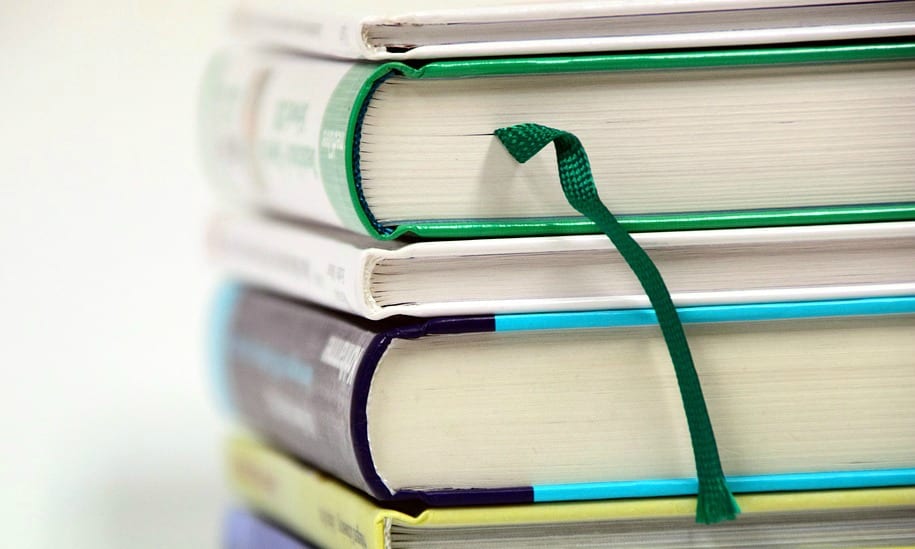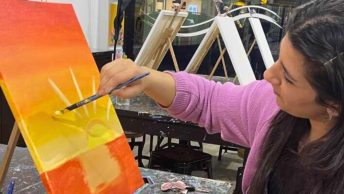Purchasing textbooks can often add up to an expensive shopping trip. The beginning of the session sees students spending a large amount of money on textbooks, so here are some tried and tested strategies to help trim your textbook bill.
CSU Library
Check if the library has a copy of your textbook, and then check if it’s available to borrow. Jump on the CSU Library website, and use Primo Search to find the textbook you need to borrow. Even if you can’t find the most up-to-date edition, sometimes borrowing the previous one is OK too. Just check with your lecturer to see if using another edition is OK for the subject content, and note the page numbers could be different.
Co-op Bookshop buy-back scheme
Get some cash back from last session’s textbooks by using the Co-op Bookshop’s buyback scheme. Check if books you’d like to trade are on the buyback list and then take them into your Co-op Bookshop along with photo id. You can receive up to 30% cash back or a gift card to the value of 40% of the RRP which you can put towards new textbooks.
Booko
Use Booko to find the best price for your textbooks. This is a price comparison engine and is a great way to get the best price for a textbook. Make sure you allow for extra time for international deliveries, but if you use this tool to source your textbooks, you can save major amounts of money.
Tip: search by ISBN to ensure you buy the correct text.
Second-hand
Go second-hand! Ask students in the year above you if they’re selling any of their old textbooks. There are also Facebook groups created by CSU students to sell their textbooks, so get searching! It’s a fantastic way to pick up a textbook for about 50-60% off. Don’t forget to check that the edition you’re buying is still current. Popular textbooks are frequently updated, but the differences between editions aren’t always substantive.
Share
Share the purchasing of textbooks with friends in your course, and interchange them whenever needed. This will work best if you organise different tutorial times, or arrange a joint study session to complete any required readings before class. Beware though – both of you have to be organised for this to work.
Image: Pixabay










